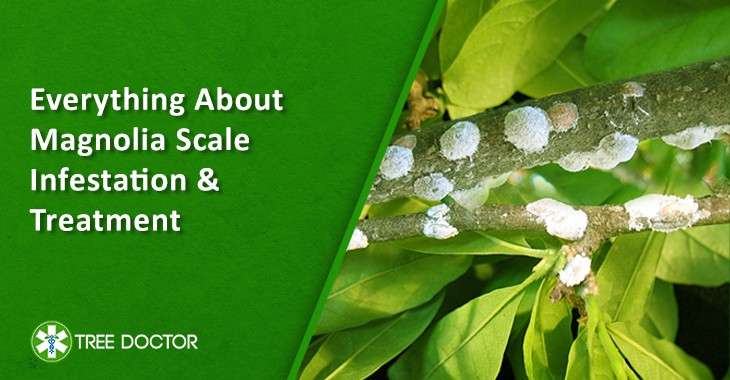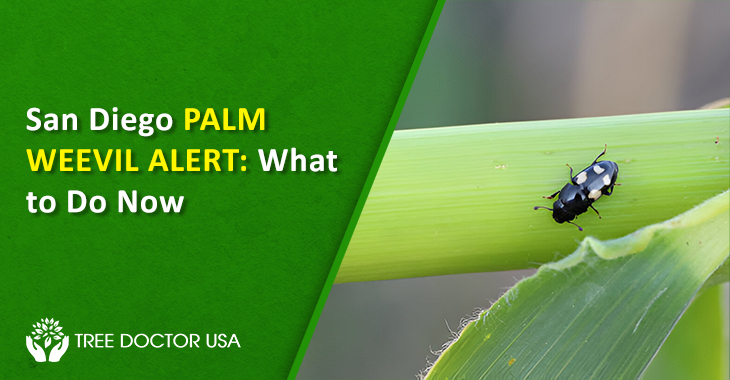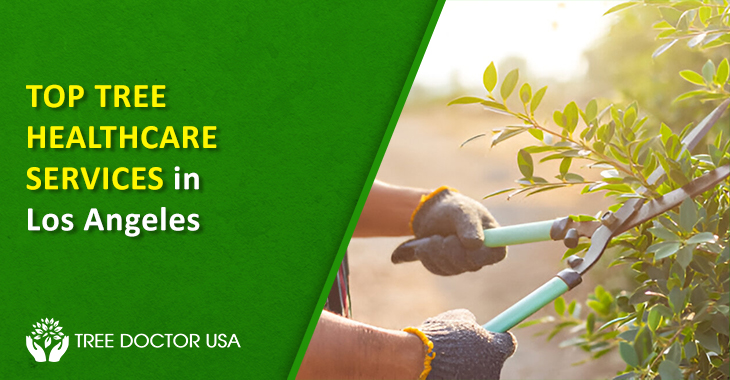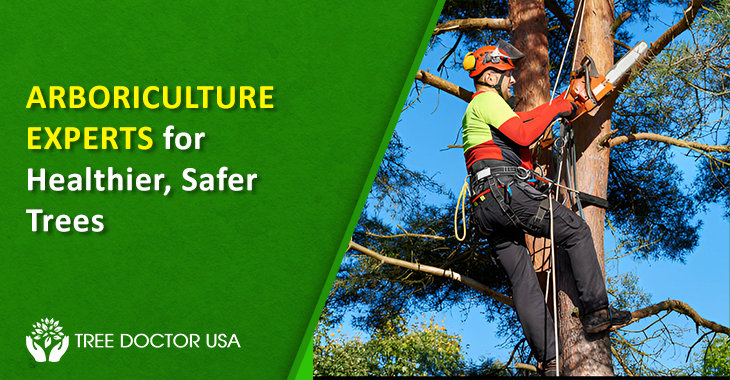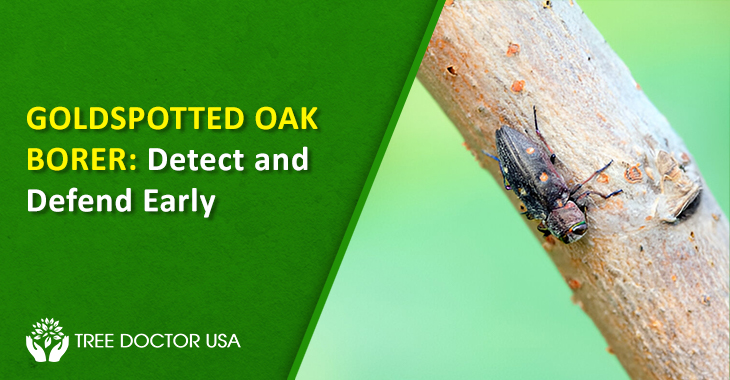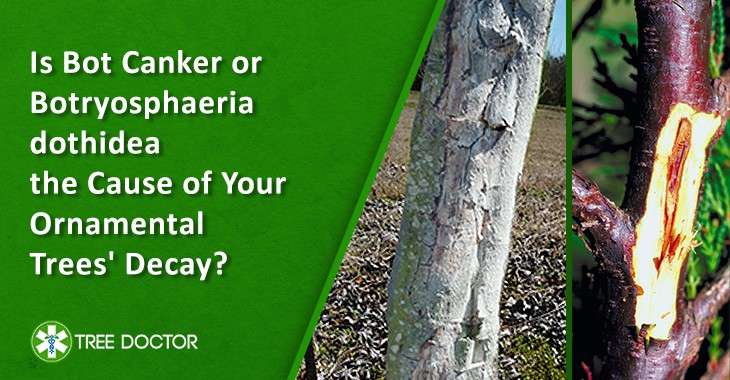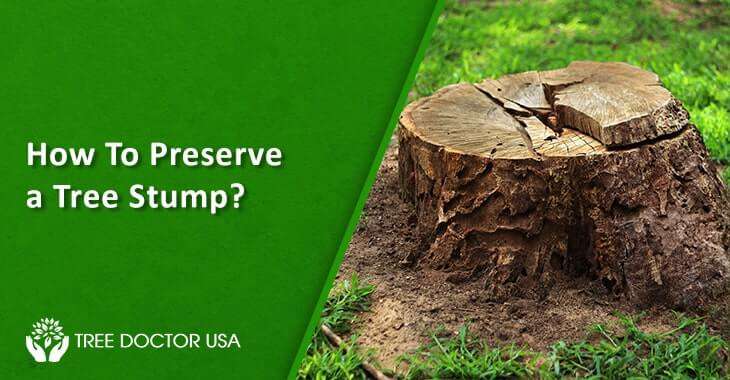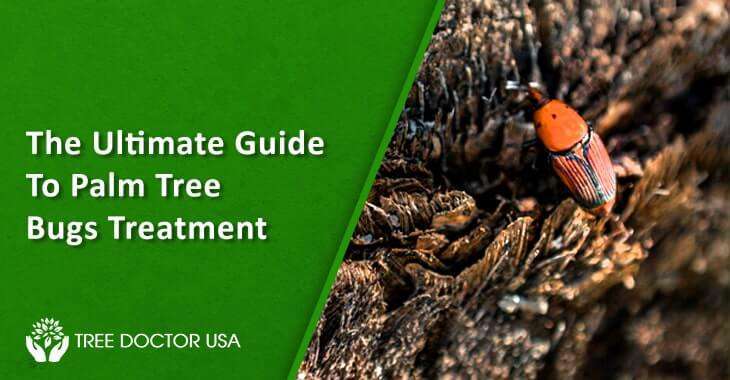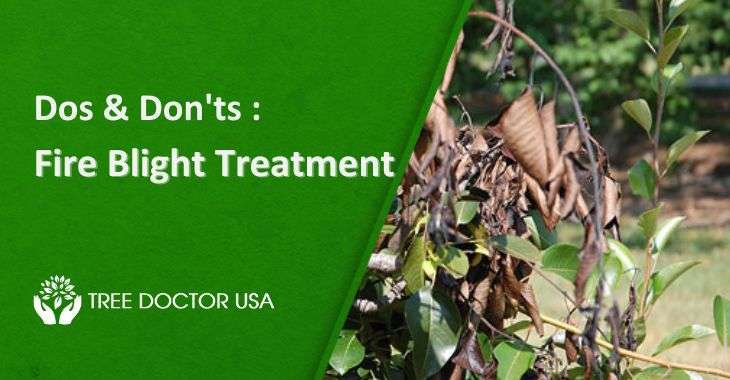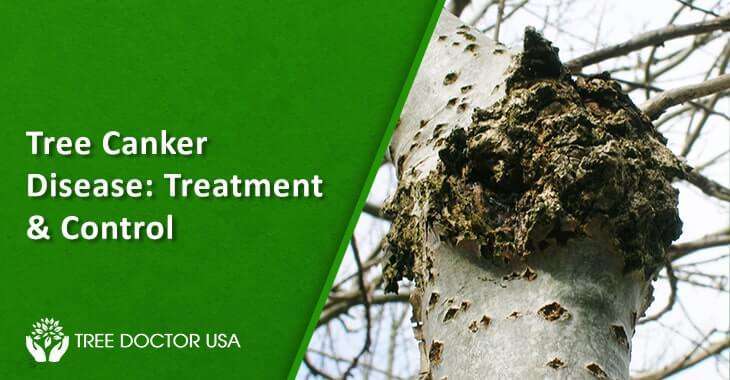Everything About Magnolia Scale Infestation & Treatment
The Magnolia is a beautiful tree with blooms as big and bright as the leaves on its thick, lush branches. However, Magnolias are also unfortunately prone to infestation by the Magnolia scale. They feed on the sap of Magnolia trees, causing significant damage to the tree if left untreated. This feeding can cause extensive damage to the tree, including dieback of branches, leaf yellowing, drop, and stunted growth. In severe cases, Magnolia scale infestation can even kill the tree.
The first indication of Magnolia scale infestation is generally the formation of tiny, white pimples on the tree’s leaves or branches. These bumps are actually the insects themselves, and you can easily crush them between your fingers. You may also notice black sooty mold growing on the tree, which is a sign of sap dripping from the feeding insects.
Magnolia scale is a severe problem for many types of Magnolia trees. The insect sucks the sap from the tree, which can lead to branch dieback, leaf drop, and even tree death. Predators such as ladybugs will eat them, but in large numbers, Magnolia scales can create an immense problem for an entire tree.
The adult Magnolia scale is a hard, brownish-black shell that covers the entire body. Underneath this hard shell is a white, fleshy body that is attached to the tree. The scales are about 1/4 inch long and can be found on the stems and leaves of Magnolia trees.
About Magnolia Scale Infestation
Magnolia scale (Neolecanium cornuparvum) is a serious agricultural pest in the southeastern United States. This red and black armored scale insect first attacks young tender shoots, preventing the growth of new leaves, flowers, and fruit. As the infestation continues, it may spread to twigs and stems, causing the tree to decline and die.
Young trees are often the entry point of the Magnolia scale infestations. You can eliminate them by treating heavy infestations of scale during late summer as the overwintering eggs hatch and before they emerge from their protective winter covering. However, older trees with larger populations may need chemical treatment to control the scale.
Hosts Of Magnolia Scale
You will commonly find Magnolia scale on sweetbay Magnolia (Magnolia virginiana), cucumbertree Magnolia (M. acuminata), and southern Magnolia (M. Grandiflora). However, it has also been known to infect other trees in the genus Magnolia, as well as holly (Ilex spp.), birch (Betula spp.), and several other plant species.
Magnolia scales are known as a “soft scale.” which means that it does not have hard shell-like other scale insects. They usually reside on the underside of leaves, where it feeds on sap from the tree’s vascular system. It can weaken and eventually damage the tree, as well as cause discoloration or browning of the leaves.
Symptoms and Effects of Magnolia Scale
Symptoms Of Magnolia Scale Infestation
The most common symptom of a Magnolia scale infestation is the appearance of small, white bumps on the leaves of the tree. As the infestation progresses, these bumps will turn brown and eventually black. The scale insects secrete a waxy substance that covers their bodies and protects them from predators and the elements. This substance can also make it complex to identify scale infestations until they are well established.
Another symptom of Magnolia scale infestation is the presence of sooty mold on the leaves. Sooty mold is a black fungus that grows on the honeydew secreted by the scale insects. The presence of sooty mold can cause the leaves to turn yellow and eventually drop off.
Effects Of The Invasion On Infected Trees
Magnolia scale is a serious pest of Magnolia trees. Infested trees may have yellowish leaves, dying twigs, and produce fewer flowers. In case of heavy infestations, scale insects and sooty mold will completely cover the tree. However, this can weaken and even kill the tree.
Magnolia Scale Infestation: How To Get Rid Of It
For large infestations of Magnolia scales, it is best to contact a professional tree contractor for assistance. However, if the problem is small enough, you can take steps yourself to control the Magnolia scale. Spray the trees with injections during cool weather months when the insects are overwintering and not feeding actively. Another option is to use a systemic insecticide for scale insects that can be applied in late winter or early spring when the scales are still dormant. This type of chemical will prevent the bugs on the Magnolia tree from feeding and causing damage to the tree for about two months, so you must reapply them regularly.
Tips To Prevent Magnolia Scale Infestations
To prevent Magnolia scale infestations, it is crucial to maintain healthy trees by practicing proper care and maintenance. It includes watering the tree regularly, fertilizing it with a nutrient-rich fertilizer, and treating any dead or damaged branches. Additionally, you can protect your Magnolia trees from damage by using broadleaf insecticides carefully and in moderation. If you notice a Magnolia scale infestation on your tree, ensure to treat it promptly and carefully to prevent further damage and loss.
There are a few different approaches to Magnolia scale treatment, depending on the severity of the infestation and species of Magnolia tree. For moderate infestations, a product containing neem oil can be used to control Magnolia scale populations and minimize the damage done to your Magnolia tree.
The best way to control the Magnolia scale is to keep an eye out for the early signs of infestation and treat the tree with a pesticide before the scales have a chance to lay their eggs. You can also encourage predators such as ladybugs to eat the scales.
If Magnolia scale infestation is more severe, you may need to take more drastic measures, such as treating affected branches or even the entire Magnolia tree. However, with proper Magnolia tree scale treatment, you can keep your Magnolia healthy and beautiful for years to come. So, if you notice any signs of Magnolia scale infestation, be sure to reach out to a local expert right away for help in getting your tree back on track.
Ways To Promote Healthy Growth And Restrict Entry Of Magnolia Scale
The best way to manage the Magnolia scale is to keep your tree healthy and vigorous. It will make the tree less attractive to scales and reduce the possibility of a damaging infestation. To promote healthy growth in your Magnolia tree, water it regularly and fertilize it with a nutrient-rich fertilizer. You should also treat any dead or damaged branches to keep the tree strong and healthy.
In addition to promoting healthy growth, you can also take steps to restrict the entry of the Magnolia scale onto your property. You can do this by sealing any cracks or crevices in buildings and fences where the insects might enter. You should also inspect any trees or shrubs before bringing them onto your property and remove any Magnolia scales that you find.
If you notice an infestation of Magnolia scale on your tree, it is crucial to treat it promptly in order to prevent further damage. You can do this with a variety of methods, including physical removal, chemical pesticides, and biological agents such as ladybugs. Working with a local tree care expert can help you choose the best approach for your Magnolia and restore it to health. However, with proper care and maintenance, you can promote healthy growth in your Magnolia tree and protect it from Magnolia scale infestations.

